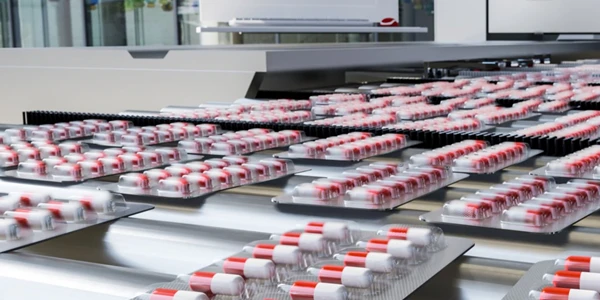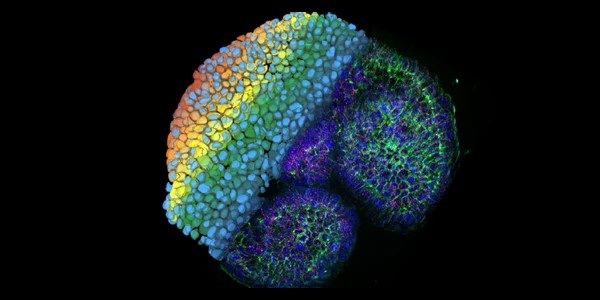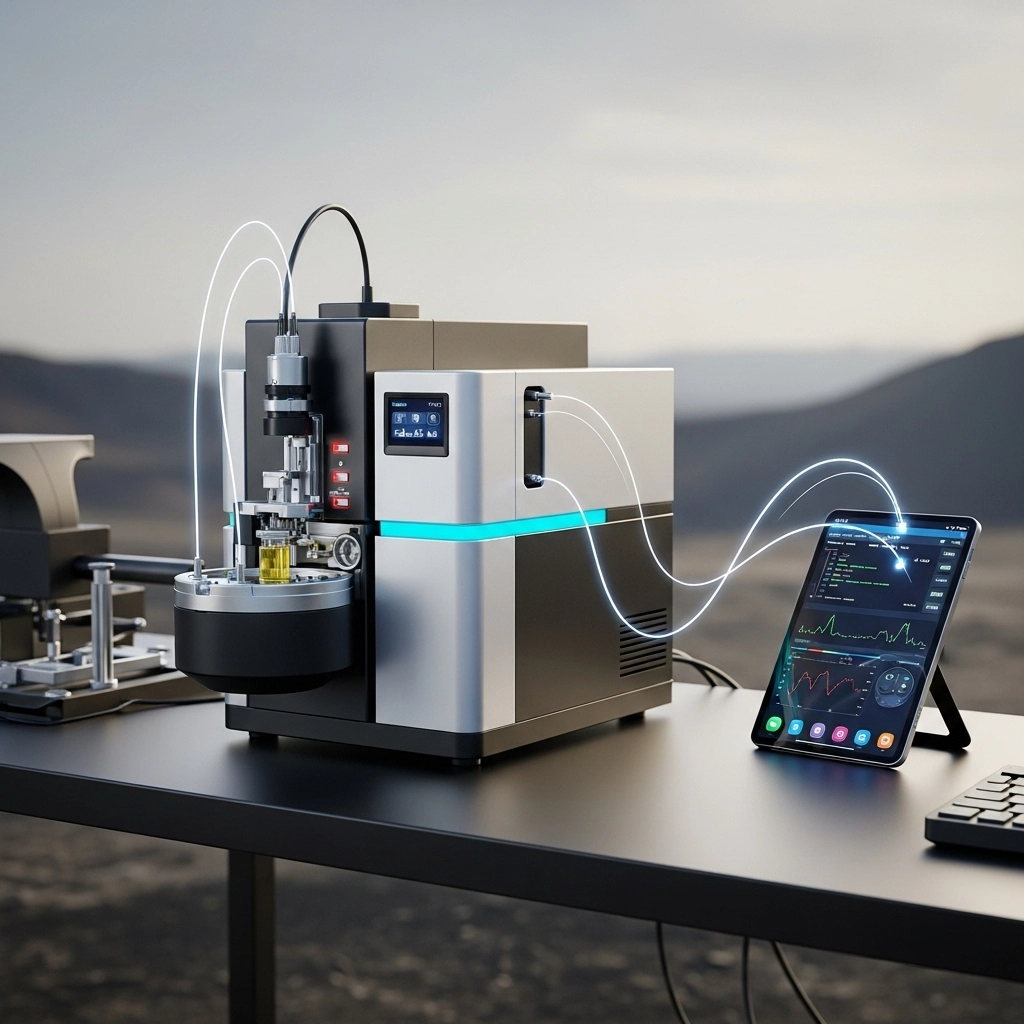Compact Mass Spectrometers: Versatile Tools for Food Testing and Beyond
ImageFX (2025)
Overcoming Miniaturization Challenges in Compact Mass Spectrometers
In paper spray ionization, sample, solvent, and voltage are applied at once to a paper or porous material cut to a point. The high voltage and sharp point results in desorption of changed microdroplets which form gaseous molecules for analysis. The technique requires no additional sample prep, is compatible with low gas flow, and can work with low voltage upon use of carbon nanotubes or other modifications. Many variations to the basic technique have made it both versatile and adaptable to a variety of devices and analytes.
Innovations in Ambient Ionization for Compact Mass Spectrometers
Advion has successfully incorporated this technique and a modification for solids analysis, atmospheric solids analysis probe (ASAP), inline with their Expression compact mass spectrometers. Several further modifications have been developed as well including vAPCI, which involves analysis of volatile compounds such as fatty acids released through sample heating processes. These approaches have allowed the rapid and sensitive detection of analytes ranging from dietary supplement compounds to signatures of olive oil, cheeses, and other food types.
Enhanced Versatility and Integrated Sample Prep with Compact Mass Spectrometers
The advantages of a platform like the Advion Expression CMS extend to a much greater number of potential applications as well due to compatibility with several integrated sample preparation techniques. The Expression CMS devices allow users to move from one technique to another, for example thin layer chromatography (TLC) to flash chromatography to (U)HPLC, through the use of switching valves. In addition to reducing analysis time, this reduces down time involved in replumbing the system to suit specific needs.
Diverse Applications of Compact Mass Spectrometers Beyond Food Testing
Beyond the food testing industry, devices such these have use in many industries where portable and capable MS analysis is needed, including water purity, environmental sampling, and clinical diagnostics. The portability means the devices can be quickly moved down the hall or into remote facilities. The efficiency means trace analysis can be performed on minute amount of analyte, whether it be a drug or blood sample for instance. The rapid processing time means samples can be quickly screened without the need for time and resource intensive sample workup and instrument operation.
The Future Outlook for Compact Mass Spectrometers
With globalized food production and transport, there are expanding requirements to ensure agricultural quality and product safety. Testing devices are needed not only in labs dedicated to routine inspections, but also in satellite or remote locations near to the food stuff. Instrument manufacturers such as Advion have developed innovative methods to address the needs for rapid, low cost, effective screening applications, technologies which offer promise in the evolving world of food safety testing and beyond.
Updated July 2025
Frequently Asked Questions (FAQs)
What are the main challenges in miniaturizing mass spectrometers? Miniaturizing mass spectrometers historically faced challenges related to ionization inefficiency, vacuum limitations, and power consumption. Modern compact mass spectrometers have largely overcome these through innovative design and new ionization techniques.
How do ambient ionization techniques work with compact mass spectrometers? Ambient ionization techniques like paper spray and atmospheric pressure chemical ionization (APCI) allow for direct analysis of samples in their natural state without extensive preparation. These methods are compatible with the lower vacuum and power requirements of compact devices, making them highly efficient.
What are the advantages of using compact mass spectrometers in food testing? Compact mass spectrometers offer rapid processing times, portability for on-site analysis, and the ability to perform trace analysis on minute sample amounts. This reduces the need for time-consuming sample workup and allows for quick screening, crucial for ensuring food quality and safety.
Can compact mass spectrometers be used for applications other than food testing? Yes, beyond food testing, compact mass spectrometers are highly versatile and find use in various industries. These include water purity analysis, environmental sampling, and clinical diagnostics, where their portability and efficiency are significant advantages.











